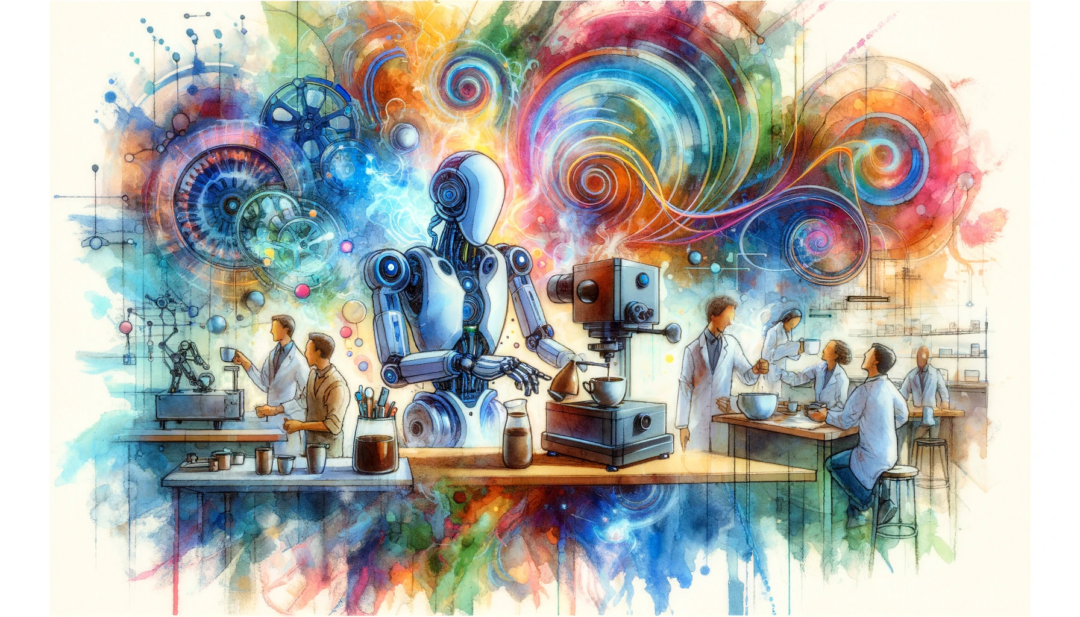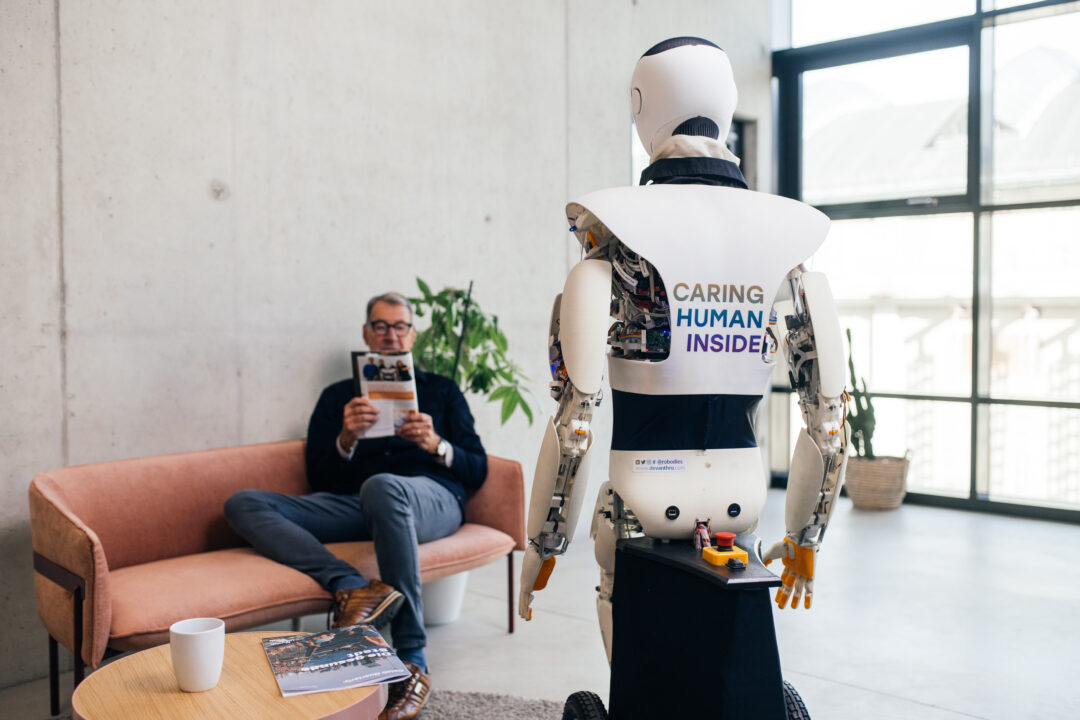Why We Are Excited About Humanoids
by Kim Nilsson
For many years, building humanoid robots has been a lonely endeavour. Some brands pet projects existed, like the Honda Asimo, the military-funded technology developer Boston Dynamics, a few research projects, most notably the iCub, and of course the cute Naos and Peppers – arguably the most successful (and numerous) humanoids to date, developed by a French company called Aldebaran. But while everyone knows Boston Dynamics for their funky videos, did you know that they have built and sold less than 1000 robots? In their lifetime. Compare that to the millions of cars built every year. What was missing was a reason or use case to mass produce these systems, and a scalable business model to deploy them to.
But that hast started to change: With Halodi (now 1X), Sanctuary.AI, Apptronik, Figure.AI, Xiaomi, Fourier Intelligence, Enchanted Tools, Neura Robotics, Agility Robotics and Unitree, no less than 10 companies have announced humanoid platforms this year alone. All of them intent on mass production. And most of them without sharing an intended use case beyond a vague “solving labour shortage”.
To date, no one has successfully mass-deployed humanoids. For a simple reason; they are going against what every successful robot business had in the past. Traditionally, robot companies committed to an extremely restricted use case, one that was simple enough to be solved and repeated often enough by a robot autonomously. That meant that the hundreds of hours necessary to adopt the robot to that use case divided by those repetitions would make financial sense. Humanoids are the opposite: They are generalists. They are one platform to solve many tasks. This changes the economics of development, and AI is a game changer to opening this market up.
However, we currently do not have this AI and we do not know how long it will take us to get there. While we have recently seen a lot of progress towards general task learning in research (a topic for a future newsletter), transferring this to the real world is not straight forward. Differences between a lab environment and a real environment can be deceptively small and lead you to think that the transfer will not be that hard. This is because the biggest difference can never be covered by a lab: the variance of the real world. Every task and every location are different, there are objects that can break and people who can get hurt, and those operating the robots do not have a deep understanding of the working of the algorithms (a bias that is another topic for a future newsletter).
One way to solve this problem is to use humans to operate the robots instead of an AI. Humans tend to work rather very well in the real world. Indeed, most humanoid robotic companies are developing some form of teleoperation interface, treating it as an effective way to generate the necessary training data. This gives us the flexibility to cover any use case, at the cost of a human operator. To make commercial sense, companies have three options:
- The use case is repetitive enough that the remote operator can train the robot for the use case in a sensible amount of time – bringing us back to the original robot case problem and begging the question why a humanoid would be needed in the first place.
- The use case benefits from the expertise of the operator and bringing the operator to the location is a lot more expensive than bringing the robot and teleoperating it – robots in space are an excellent use case for this option, such as those by Gitai.
- The use case requires a regular but fractional presence of one or more persons, where a significant part of the cost of service comes from travelling to the location of service. This is explored by 1X for building surveillance and by Teleexistence for restocking of small stores.
Devanthro are opting for option 3 (and by the way, there are many more reasons why we settled on this use case, a third topic for a future newsletter, let us know which you are curious about the most?), whereas most hope that a bet on scientific progress and option 1 pans out. That is excellent news. The hardware requirement of a humanoid robotic system for option 1 and 3 are very similar. So in the likely case that betting on option 1 does not work out for any of them, a lot of hardware will have been developed, and learnings will have been made, that we can profit from – by acquiring IP and team members. And if it does, we will already be in the most exciting place to be with Robodies – our homes – ready to step by step bring autonomy into our use case.
Either way, much reason to be excited. We certainly are, are you?
Devanthro is a Munich-based robotics and AI business, building Robodies – robotic avatars for the elderly care market. Their partners include Charité Berlin, University of Oxford, and LMU Klinikum. An early prototype is part of the permanent exhibition at Deutsches Museum in Munich. For more information, please visit https://devanthro.com/.



